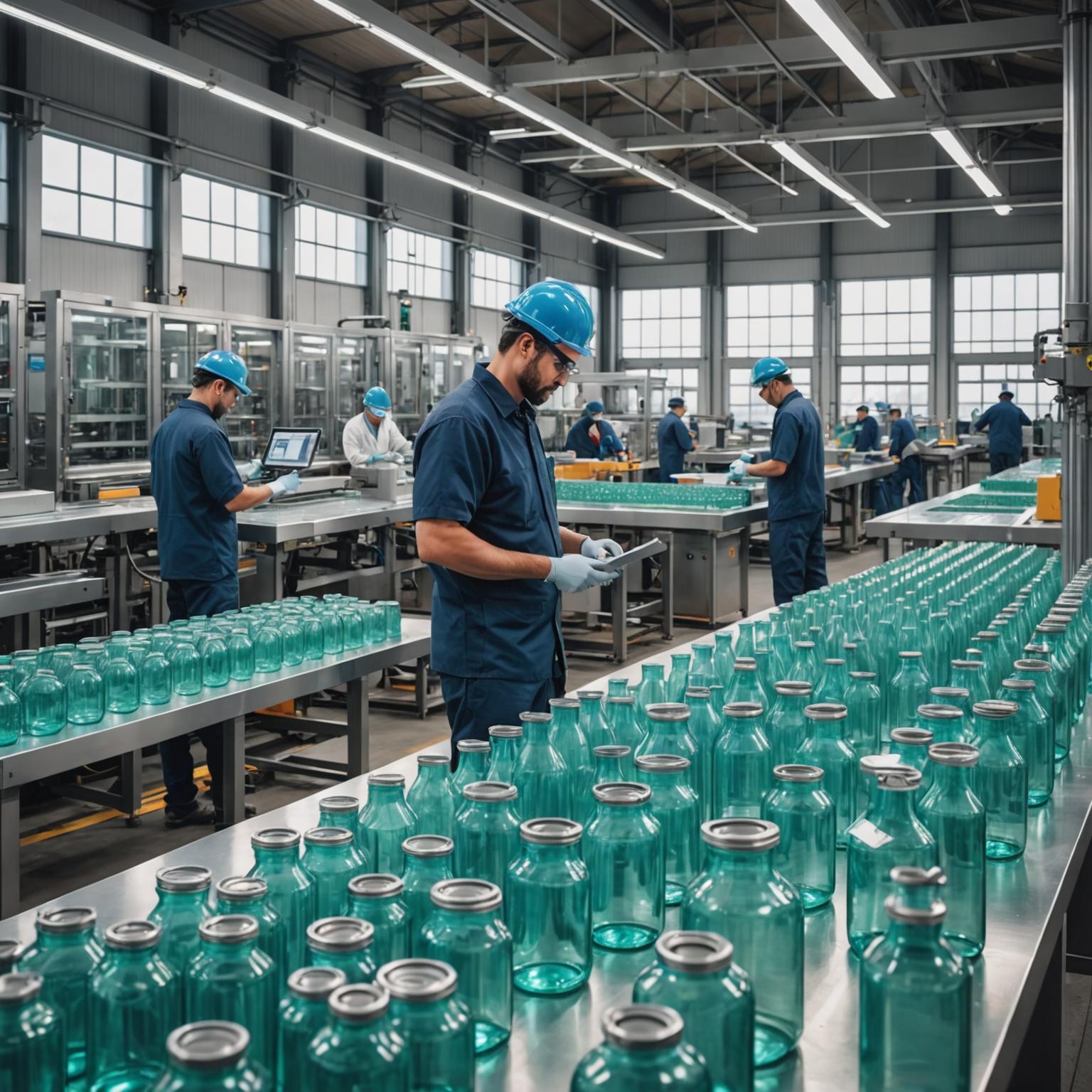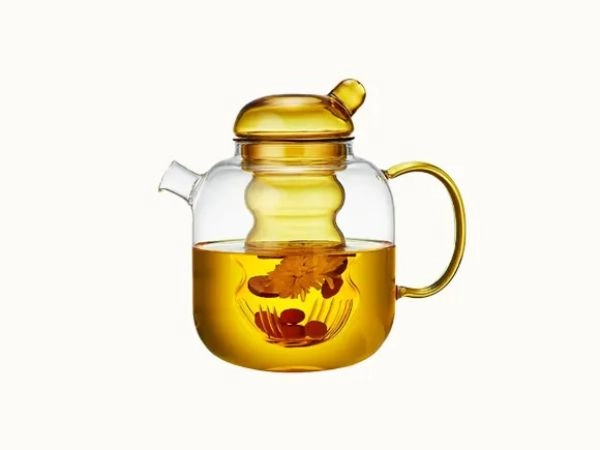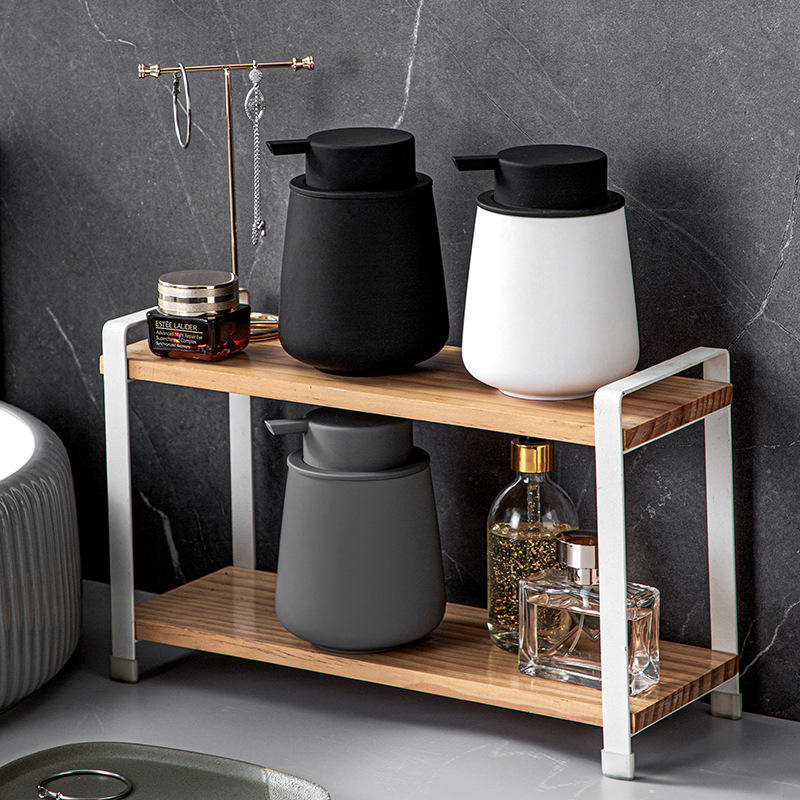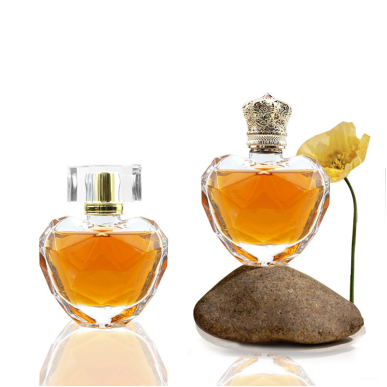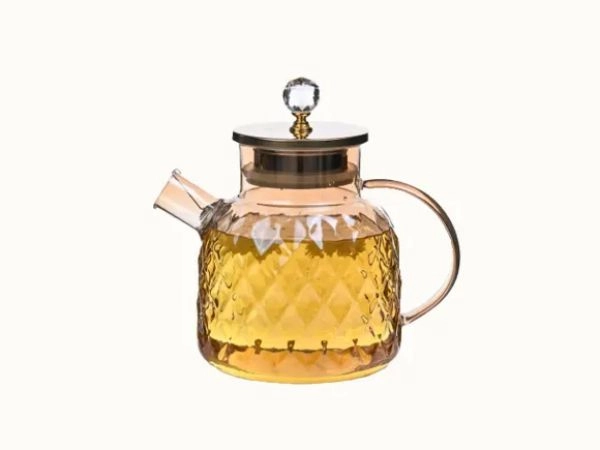Introduction to Global Glass Packaging Trends
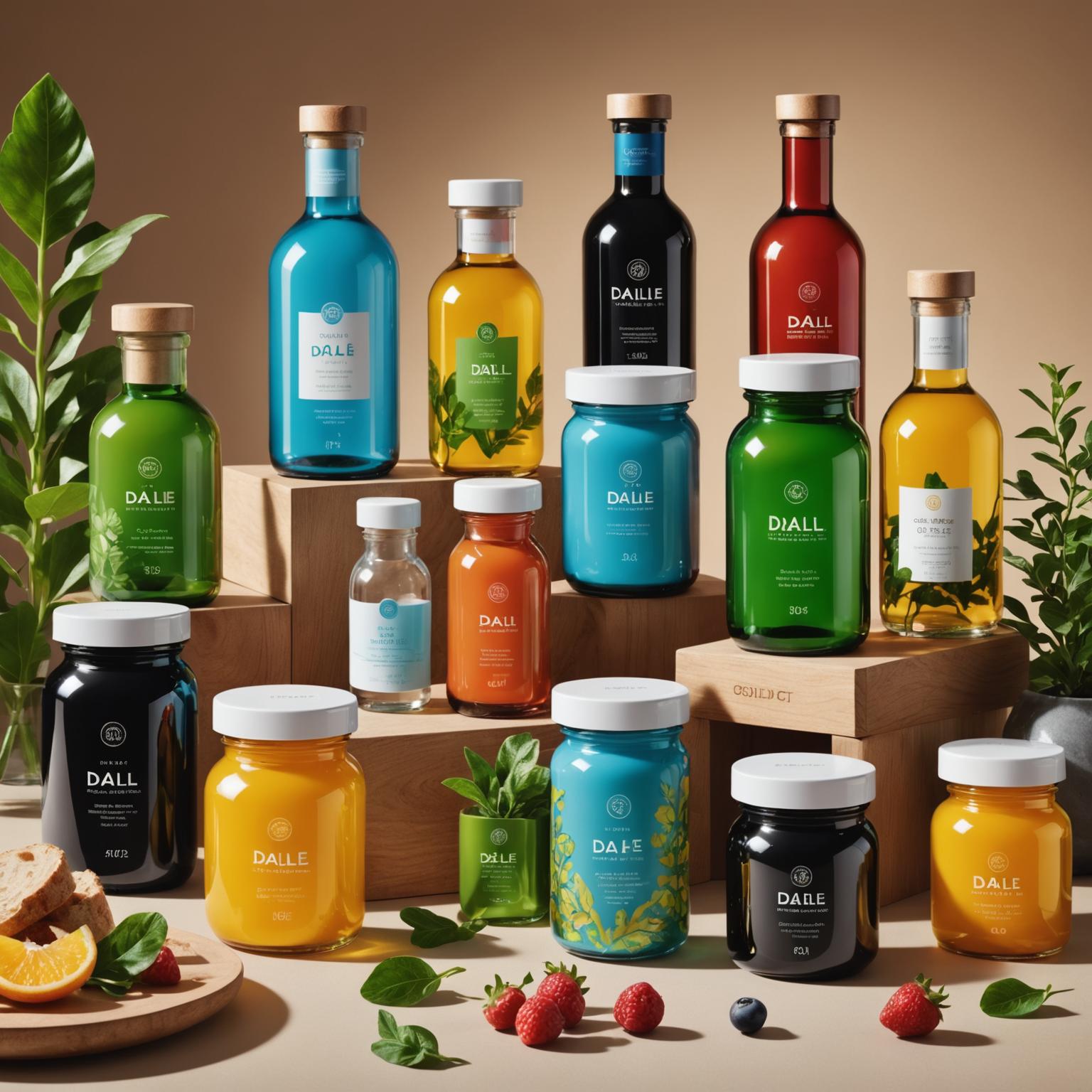
The demand for glass packaging has surged in recent years, owing to its sustainable nature and aesthetic appeal. The term "global glass packaging trends" encapsulates a wealth of innovations and transformations in the glass container industry. From eco-conscious designs to advancements in manufacturing processes, glass packaging is rapidly evolving to meet the world's material and environmental requirements. As the future of glass packaging unfolds, experts foresee exciting developments that could reshape industries like food, beverage, cosmetics, and pharmaceuticals.
The Growing Popularity of Glass Packaging
Glass packaging holds a unique position in the packaging world, offering benefits that other materials struggle to match. One of the key reasons for its popularity is its ability to be 100% recyclable without any degradation in quality. This makes it a highly sustainable option for environmentally conscious businesses. The glass packaging market size is expanding quickly, fueled by growing consumer preferences for eco-friendly and non-toxic packaging solutions.
Moreover, glass containers provide excellent barrier properties, preserving the taste, freshness, and quality of the products they hold. These attributes make glass packaging the preferred choice for high-end goods, including gourmet foods, premium beverages, and luxury skincare products. As awareness around sustainability continues to rise, the focus on glass packaging's environmental impact is expected to solidify its position in the global market.
Key Market Drivers in the Glass Packaging Industry
Several factors are contributing to the robust growth of the glass packaging market. Government policies promoting the use of recyclable and sustainable packaging materials have significantly increased demand. Furthermore, large brands in the food and beverage industry are committing to the use of glass packaging as part of their sustainability goals.
Health-conscious consumers are another major driver reshaping the glass container market. Since glass is non-toxic and free of harmful chemicals like BPA, it has become the material of choice for health-centric products. Additionally, the rising demand for premium alcohol such as craft beers, wines, and spirits has created new opportunities for innovative glass bottle designs, which add value to the consumer experience.
The Future of Glass Packaging: Innovations and Opportunities
The future of glass packaging is set to be shaped by emerging technologies and consumer expectations. Lightweight glass is one such innovation, addressing the historical drawback of glass containers being heavier compared to alternatives like plastic. New manufacturing techniques have enabled the production of thinner yet durable glass containers, reducing transportation costs and carbon footprints.
Smart packaging, which incorporates digital solutions into containers, is another promising trend. Features like QR codes, RFID tags, and temperature tracking can provide consumers with real-time data about the products they are purchasing. This technology is particularly valuable in sectors like pharmaceuticals and perishable food items, where product safety is paramount.
Another exciting direction is the customization and aesthetic appeal of glass packaging. Brands are investing in creative glass designs, colors, and finishes to create a unique identity and attract consumers. This trend is expected to drive innovation as companies strive to enhance the visual and tactile aspects of their glass containers.
Challenges in the Glass Packaging Market
Despite its many benefits, the glass packaging industry faces certain challenges. The primary concern is the high energy consumption required for glass production. While strides are being made toward incorporating renewable energy sources and energy-efficient manufacturing processes, these solutions have yet to achieve widespread adoption.
Another challenge is the cost of glass packaging relative to other materials, such as plastic and aluminum. Its heavier weight leads to higher transportation expenses, a factor that influences businesses to opt for lighter alternatives. To overcome these hurdles, governments, manufacturers, and consumers must work together to increase support for glass as a long-term sustainable solution.
Conclusion: Embracing the Trend
As global glass packaging trends continue to evolve, it is imperative for businesses to adapt to the shifting market landscape. By investing in sustainable production methods, innovative designs, and smart packaging solutions, companies can harness the advantages of glass while addressing the challenges faced by the industry.
The glass packaging market size is projected to grow significantly in the coming year, driven by its undeniable appeal and eco-friendly advantages. From shaping the future of glass packaging to exploring the untapped potential in the glass container market, there's no doubt that glass packaging is set to play a pivotal role in the global economy for years to come. Embracing these trends will not only benefit businesses but also contribute to a greener and more sustainable world.



